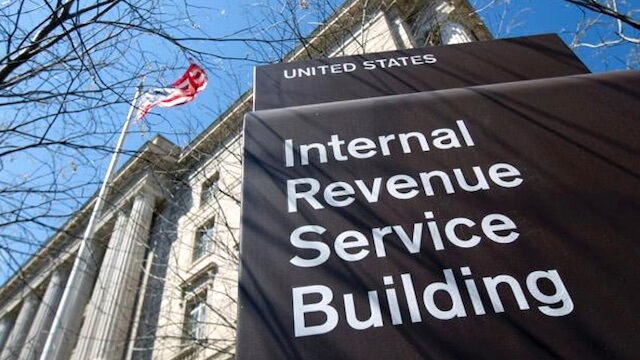The choices in life insurance policies can seem bewildering, and they are difficult to understand at first glance. It’s hard to know exactly where to start.
You should start with a deceptively easy-sounding question: Do you need life insurance at all? Your detailed answer to that question can help you decide what type of life insurance to purchase, assuming you decide you do need it.
If you decide you need life insurance, then your next step is to learn about the different types of life insurance and to make sure you’re buying the right type of policy.
The Purpose of Life Insurance and Reasons You Might Need It
Life insurance needs vary depending on your personal situation—the people who depend on you. If you have no dependents, you probably don’t need life insurance. If you don’t generate a significant percentage of your family’s income, you may or may not need life insurance.
If your salary is important to supporting your family, paying the mortgage or other recurring bills, or sending your kids to college, you should consider life insurance as a way to ensure these financial obligations are covered in the event of your death.
How Much Coverage You Need
It’s difficult to apply a rule of thumb because the amount of life insurance you need depends on factors such as your other sources of income, how many dependents you have, your debts, and your lifestyle. However, a general guideline you may find useful is to obtain a policy that would be worth between five and 10 times your annual salary in the event of your death. Beyond that guideline, you may want to consider consulting a financial planning professional to determine how much coverage to obtain.
Types of Life Policies
Several different types of life insurance policies are available, including whole life, term life, variable life, and universal life.
Whole life offers both a death benefit and cash value but is much more expensive than other types of life insurance. In traditional whole life insurance policies, your premiums stay the same until you’ve paid off the policy. The policy itself is in effect until your death, even after you’ve paid all the premiums.
This type of life insurance can be expensive because huge commissions (thousands of dollars the first year) and fees limit the cash value in the early years. Since these fees are built into the complex investment formulas, most people don’t realize just how much of their money is going into their insurance agent’s pockets.
Variable life policies, a form of permanent life insurance, build up a cash reserve that you can invest in any of the choices offered by the insurance company. The value of your cash reserve depends on how well those investments are doing.
You can vary the amount of your premium with universal life insurance policies, another form of permanent life insurance, by using part of your accumulated earnings to cover part of the premium cost. You can also vary the amount of the death benefit. For this flexibility, you’ll pay higher administrative fees.
Some experts recommend that if you’re under 40 years old and don’t have a family disposition for a life-threatening illness, you should opt for term insurance, which offers a death benefit but no cash value.
Life Insurance Costs
The least expensive life insurance is likely to be from your employer’s group life insurance plan, assuming your employer offers one. These policies are typically term policies, which means you’re covered as long as you work for that employer. Some policies can be converted upon termination.
The cost of other types of life insurance varies greatly, depending on how much you buy, the type of policy you choose, the underwriter’s practices, and how much commission the company pays your agent. The underlying costs are based on actuarial tables that project your life expectancy. High-risk individuals, such as those who smoke, are overweight, or have a dangerous occupation or hobby (for example, flying), will pay more.
Life insurance policies often have hidden costs, such as fees and large commissions, that you may not find out about until after you purchase the policy. There are so many different kinds of life insurance, and so many companies that offer these policies, that you should use a fee-only insurance adviser who, for a fixed fee, will research the various policies available to you and recommend the one that best suits your needs. To ensure objectivity, your adviser should not be affiliated with any particular insurance company and should not receive a commission from any policy.
A healthy 30-year-old man could expect to pay approximately $300 a year for $300,000 of term life insurance. To receive the same amount of coverage under a cash value policy would cost over $3,000.
The Bottom Line
When choosing life insurance, use the internet’s resources to educate yourself about life insurance basics, find a broker you trust, then have the recommended policies evaluated by a fee-only insurance adviser.
Internationally known financial adviser Suze Orman strongly believes that if you want insurance, buy term; if you want an investment, buy an investment, not insurance. Don’t mix the two. Unless you’re a very savvy investor and understand all the implications of the various types of life insurance policies, you most likely should purchase term life insurance.


























